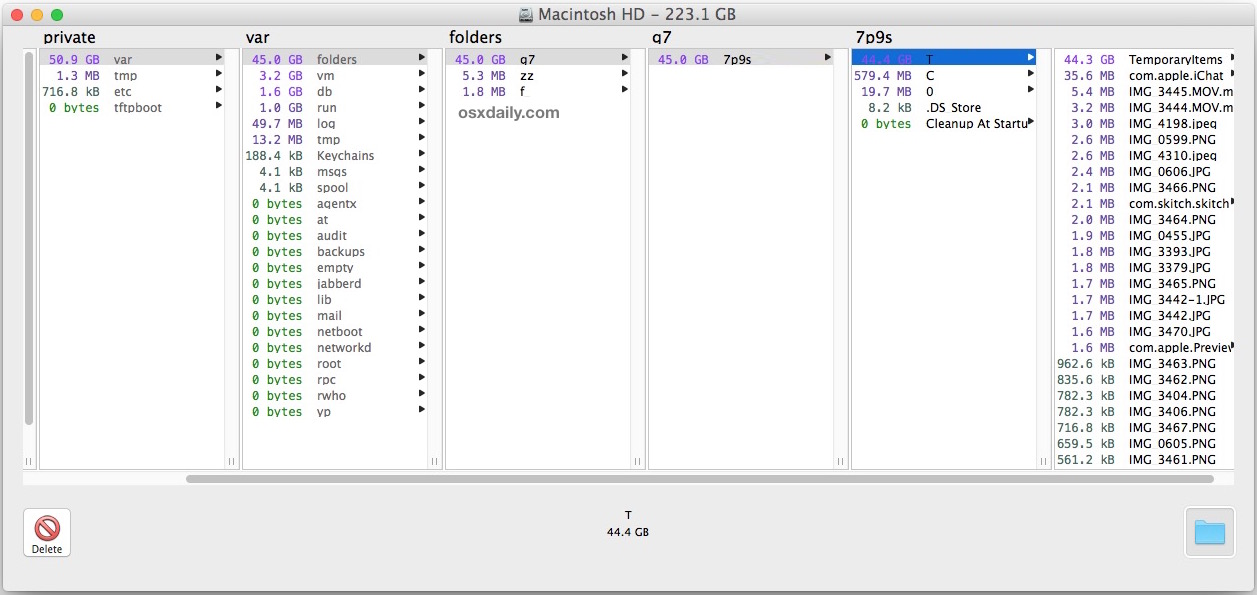How To Remove Something In Photoshop For Mac
The Easy Way: Content-Aware Fill. Open the image you want to edit in Photoshop. You don’t want to mess up the original pixels, so duplicate the background to a new layer with the keyboard shortcut Control+J (or Command+J for Mac users). How to Manually Uninstall Apps & Their Files. This method relies on you doing the work to purge all associated files from your Mac. If you don't want to do any work, and don't mind installing another app to do your dirty work, then jump down to the next method.
Quite often these ‘economy’ modes output perfectly nice looking pages, Many people use the Economy/Ink Saving setting all the time. If you’re using other software or earlier Office, look for a ‘Print to PDF’ option available or you can install on your computer. Adobe Acrobat Reader is available free from for both Windows and Macintosh. Mail merge in word 2016 for mac. Our Office for Mac readers will be delighted to know that the Acrobat printing options we mention in this article apply to both Windows and Mac versions. Saving money on ink/toner The extended printer properties should have some options for reducing the amount of ink/toner required.
When it comes to removing objects in your pictures, nothing (yet) beats the power of Adobe Photoshop CC. If you’ve got plenty of background pixels surrounding the thing you want to zap, you can quickly send it packin’ with the Fill command’s Content-Aware option. But what if you need to use another area of your photo for the fix instead of surrounding pixels? That’s where the Patch tool shines. In this column, you’ll learn how to use both options safely, without destroying your original image. (As of this writing, Photoshop Elements’ Fill command has a content-aware option, but it lacks a Patch tool.) Removing objects with Content-Aware Fill Open an image with a medium-to-large sized object to delete, like this light post. To ensure you’ve got plenty of background pixels for Photoshop to work with, do the pixel-zapping before cropping.
How Do You Remove Something In Photoshop
If you’re working with a single-layered document, duplicate the layer by pressing Command-J. If you have multiple layers, activate the topmost layer and create a stamped copy of all visible layers by pressing Shift-Option-Command-E. How to print mailing labels in word for mac. Now select the object you want to delete.

If there’s a lot of free space around it, you can use the Rectangular Marquee or Lasso tool to draw a selection around the object. Since that’ll rarely be the case, let’s try the Quick Selection tool, which creates a selection based on the color of pixels you click or drag across.
After grabbing the tool, trot up to the Options bar and turn on Auto Enhance for a slightly smoother and more accurate selection. You can also activate the Quick Selection tool by holding down the Shift key and tapping the W key on your keyboard until you see its icon in the Tools panel. Mouse over to your image and drag atop the light post to select it. As you drag, Photoshop adds similarly colored pixels to the selection, though the quantity of pixels selected is directly proportionate to the size of the tool’s brush cursor. For this image, use a larger brush for the lights (30 pixels) and a smaller one for the pole (9 pixels). If you accidentally select too much of the background, Option-drag across those pixels to subtract them from your selection. If there’s decent contrast between the object and its background, the Quick Selection tool works well.
To ensure you’re not left with a ghostly outline of the object when you remove it, expand the selection to include some background pixels by choosing Select > Modify > Expand. If you’re working with a small image, try entering a number between 8 and 20 pixels into the Expand Selection dialog; use a higher number on bigger images. Choose Edit > Fill and in the resulting dialog box, choose Content Aware from the Contents menu. When you click OK, Photoshop fills the selection with surrounding pixels and blends them together. The voodoo used to fill your selection is random and changes each time you use the command.
So, if you don’t like the results, try choosing Edit > Fill again. When you’re finished, press Command-D to deselect. Here’s the final result, with plenty of room for text. Removing objects with the Patch tool If the object you want to delete isn’t surrounded by a slew of free background pixels, you can use the Patch tool to tell Photoshop to use an entirely different area of your photo for the removal.
Start by pressing Shift-Command-N to create a new empty layer onto which we’ll do the patching. In the resulting dialog box, name the new layer something meaningful and click OK.
Grab the Patch tool (it’s in the healing toolset) and, in the Options bar, choose Content-Aware from the Patch menu and turn on Sample All Layers. Don’t worry about the Structure and Color fields yet. To activate the Patch tool, you can press Shift-U until you see its icon appear in the Tools panel. Click and drag to freehand draw a loose selection around the person in the green shirt (let’s call this the target area).